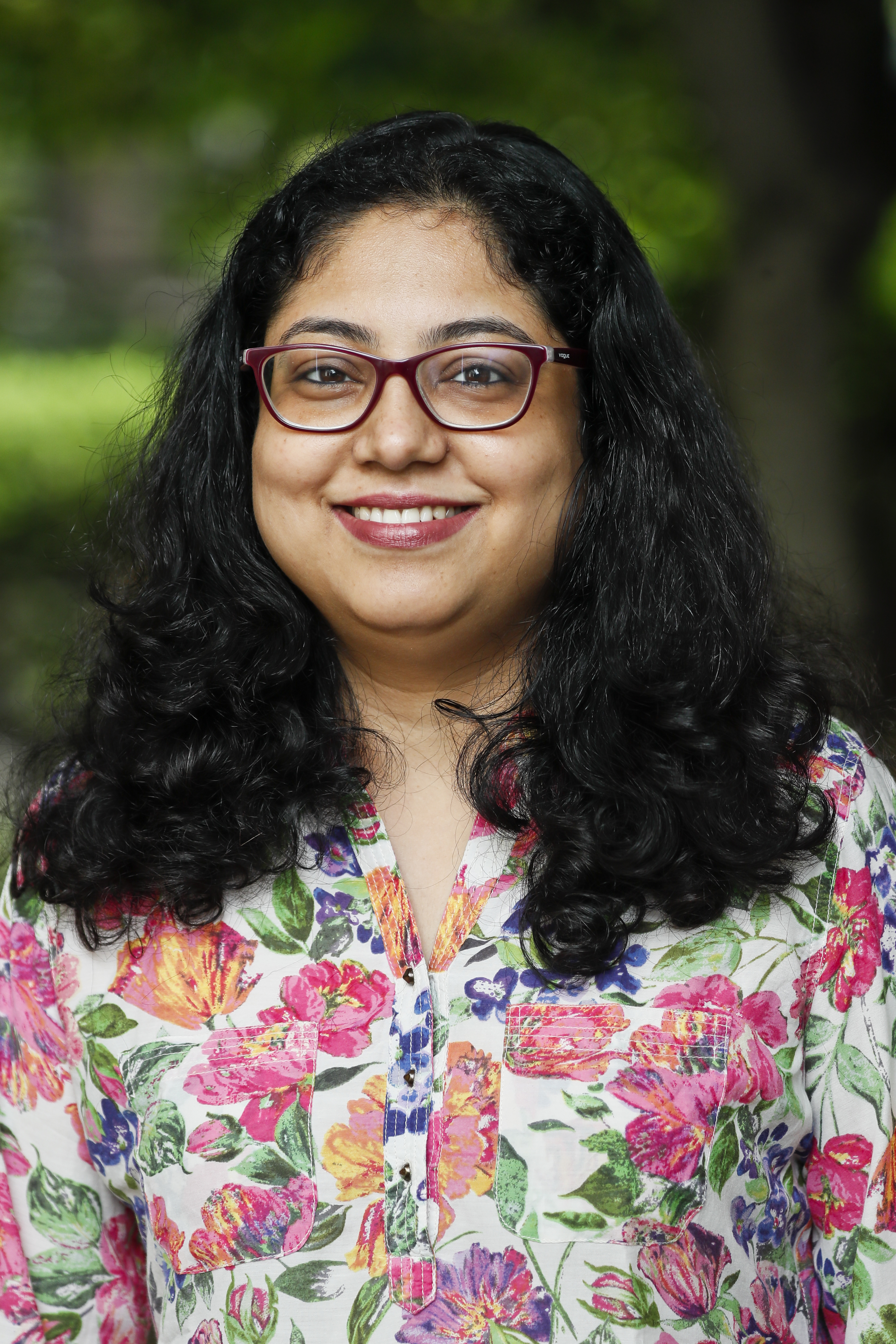

The Delhi government in India recently launched its preschool curriculum for the city’s 10,897 community-based preschool centers. The draft National Education Policy of India, made public in June 2019, dedicates its first chapter to the importance of early childhood care and education and the need to extend the right to education to every child who is three to six years old.
In this video, Samyukta Subramanian, 2019 Echidna Global Scholar, discusses how we must tackle gender inequality in India in the early years through engaging girls, boys, teachers, and parents.
It is in this context that this paper urges the government to ensure that gender sensitivity is embedded in every initiative of early childhood education (ECE) in India from here onward. Based on interviews with mothers of preschool children in underresourced communities and with teachers as well as observations of government-supported preschool centers, this paper builds the current narrative of the preschool child’s ecosystem; notes the lack of gender-sensitive pedagogy in this space; and makes recommendations for what a gender-transformative approach in ECE in India should entail for men and boys, girls and women, so that India can strive for a more gender-equitable society in the years to come.
 centre under the Integrated Child Development Services (ICDS) scheme in Kutnabari village, about 45 km (28 miles) north of Agartala, capital of India's northeastern state of Tripura, August 9, 2008. The scheme aims to improve the nutritional and health status of children up to 6 years of age, pregnant women and nursing mothers from rural and tribal areas. The ICDS provides services like health check-up, immunization, pre-school education, supplementary nutrition amongst others. REUTERS/Jayanta Dey (JNDIA) - GM1E4891T1E01" />
centre under the Integrated Child Development Services (ICDS) scheme in Kutnabari village, about 45 km (28 miles) north of Agartala, capital of India's northeastern state of Tripura, August 9, 2008. The scheme aims to improve the nutritional and health status of children up to 6 years of age, pregnant women and nursing mothers from rural and tribal areas. The ICDS provides services like health check-up, immunization, pre-school education, supplementary nutrition amongst others. REUTERS/Jayanta Dey (JNDIA) - GM1E4891T1E01" />
Global Education To ensure a gender-transformative approach in the early years, India must engage parents and teachers